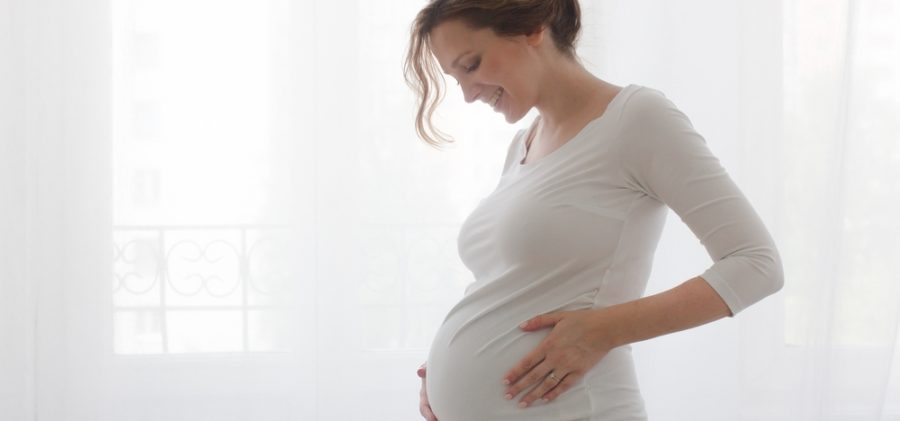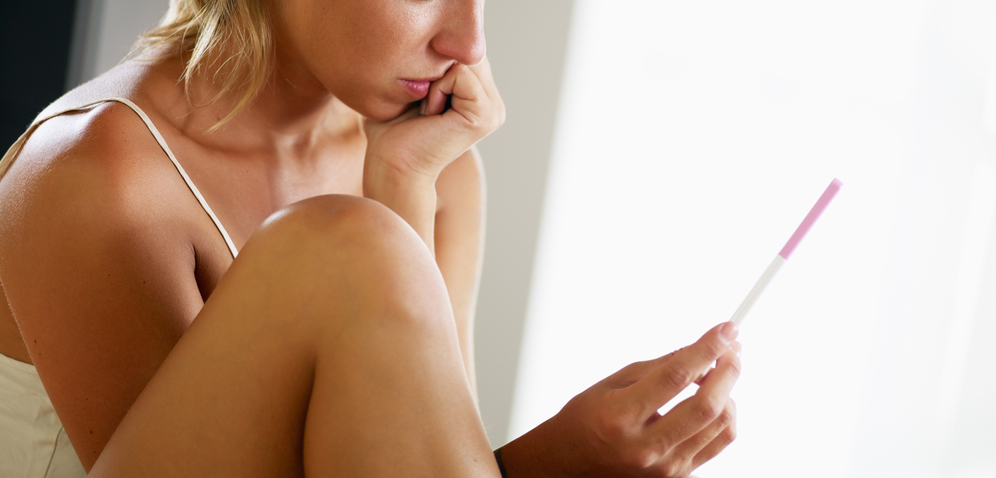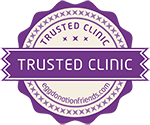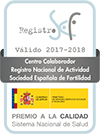The ovarian stimulation is the first step to perform IVF treatment. We try to stimulate the ovaries in order to produce more oocytes by administering the medication. If many oocytes are obtained, there are higher possibilities in achieving the pregnancy and more embryos are procured too.
The ovarian stimulation doesn’t affect the patient’s fertility. Every woman is born with a definite ovarian reserve which is more or less 400.000 oocytes. During every menstrual period many oocytes are produced but just one of them becomes mature which is the dominant. The purpose of this therapy based on hormones’ administration throughout the stimulation is developing the rest of oocytes which are usually produced during the menstrual period. This allows us taking advantage of the oocytes that we would have lost on that month.
What does it consist of?
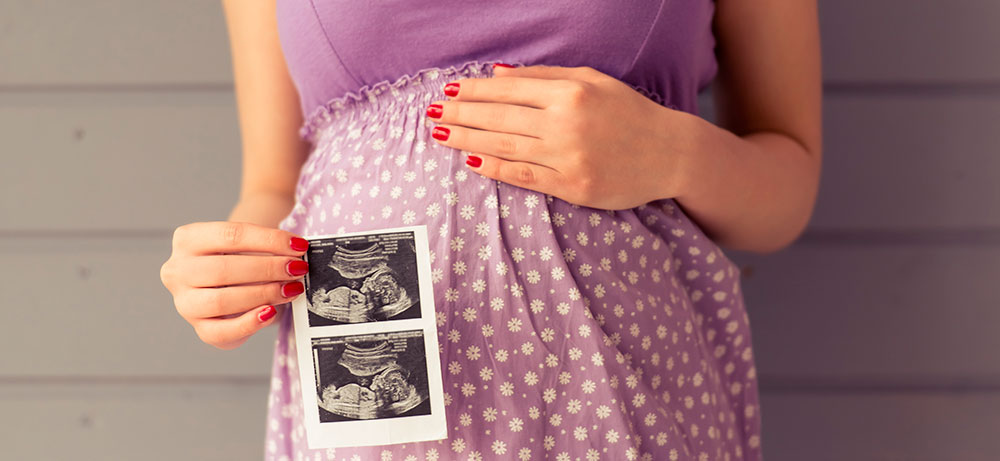
The fertility specialist is responsible for prescribing the medication after assessing the patient’s medical history. The therapy is adapted to the technique applied (AI or IVF), the age, the family history and the follicle reserve. On the other hand, the medication is based on hormones which are administered by the patient itself starting from the second or third day of the menstruation.
The procedure lasts from 8 to 12 days and during its development the size of the follicles is checked through an ultrasound scan in order to be certain that they are properly growing. The woman is also subjected to hormone blood tests to control oestradiol levels.
From the moment the medicine is administered, the follicles start developping until they approximately reach 20 mm. When the required size is achieved, the HCG hormone is injected to complete the oocytes maturation; 36 hours later the follicular puncture is performed and the eggs are retrieved.
The ovarian stimulation is very helpful for IVF treatments; if it is not performed the pregnancy rate would be significantly lower.


